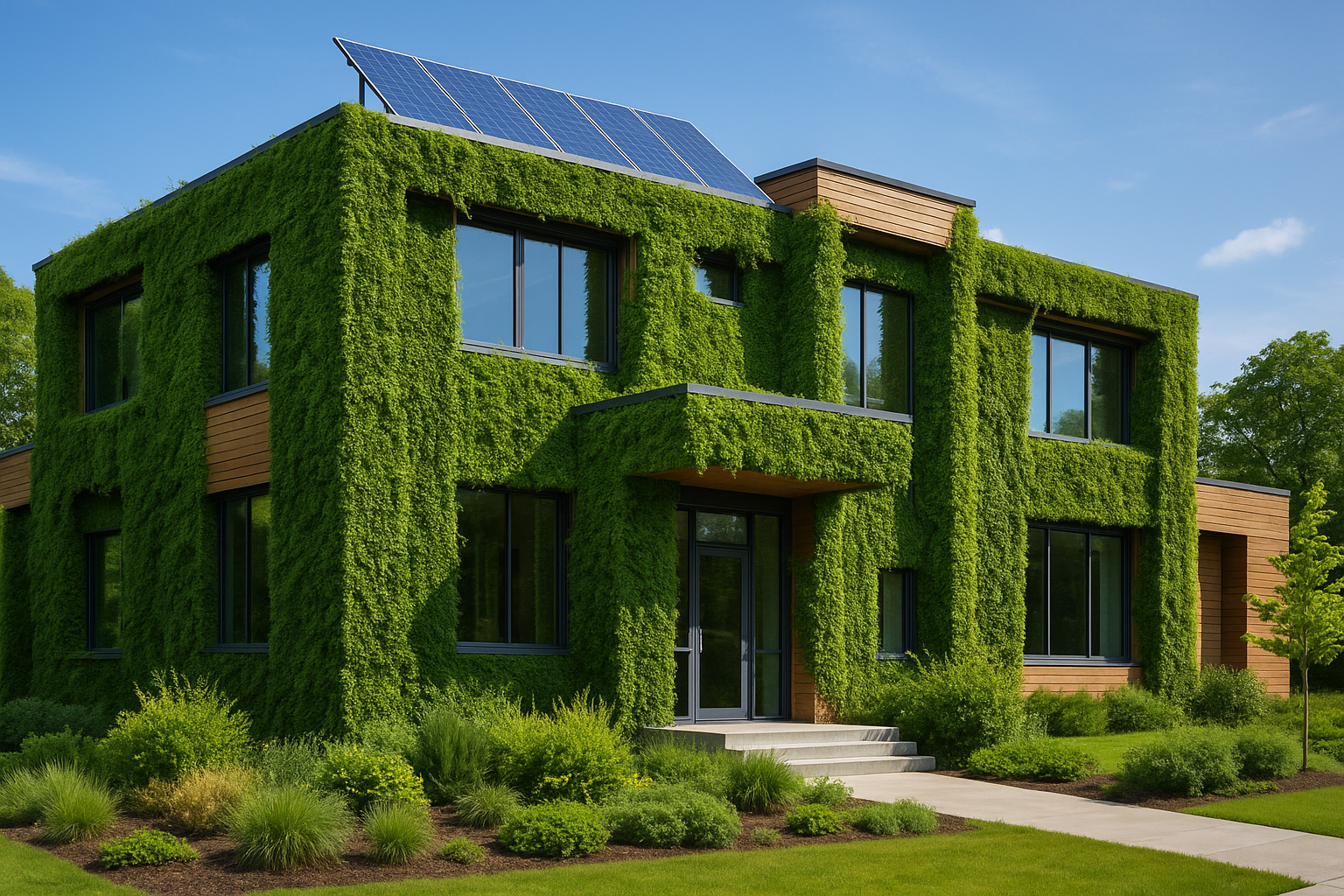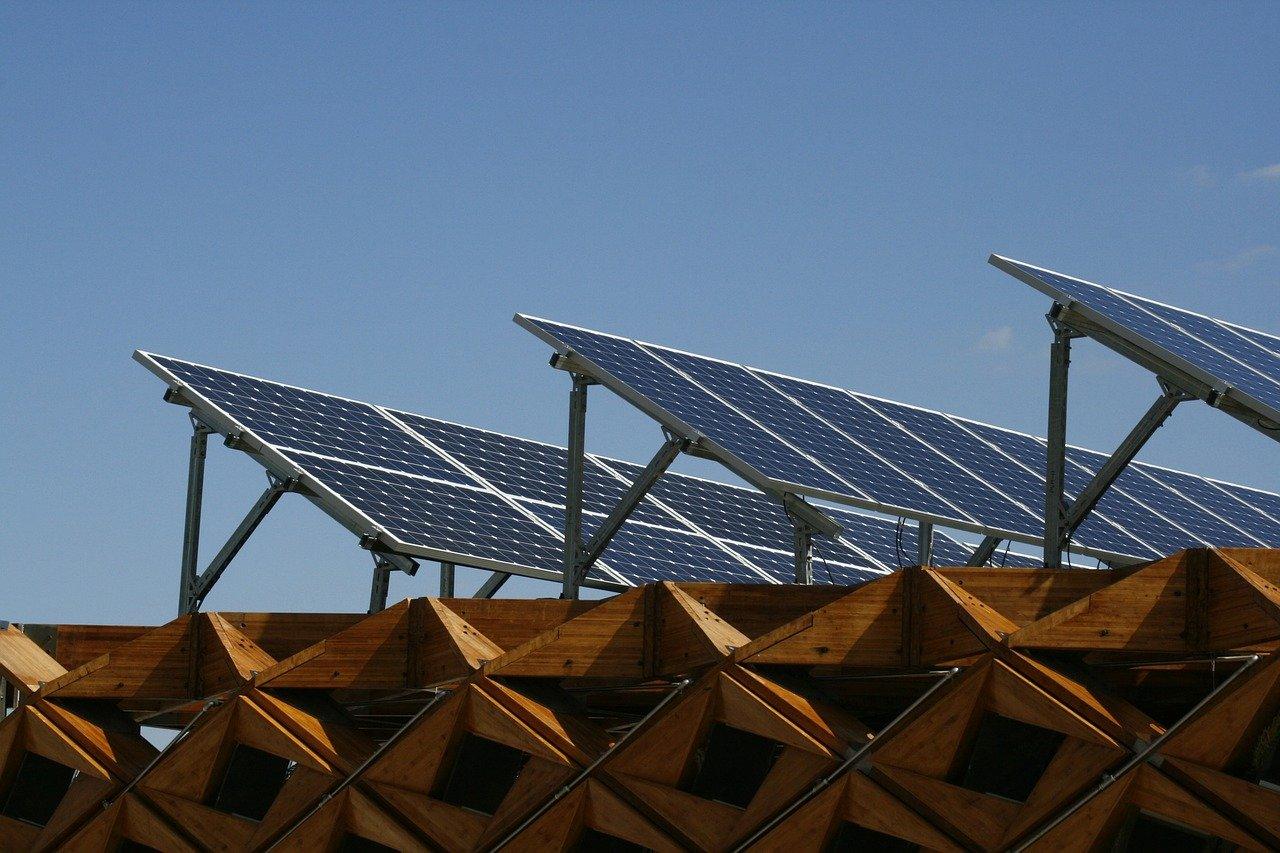40% OFF ALL LEED EXAM PREP PRODUCTS! | PASS YOUR EXAM CONFIDENTLY, ON YOUR FIRST TRY!
40% OFF ALL LEED EXAM PREP PRODUCTS! | PASS YOUR EXAM CONFIDENTLY, ON YOUR FIRST TRY!
Add description, images, menus and links to your mega menu
A column with no settings can be used as a spacer
Link to your collections, sales and even external links
Add up to five columns
Add description, images, menus and links to your mega menu
A column with no settings can be used as a spacer
Link to your collections, sales and even external links
Add up to five columns
What Changes In LEED v5 & When Will The LEED Exams Will Be Based On LEED v5?
3 min read

What Changes in LEED v5 & When Will the LEED Exams Be Based on LEED v5?
The green building industry is experiencing a pivotal transformation with the introduction of LEED v5, the latest version of the world's leading green building standard. As building professionals prepare for this significant update, two critical questions arise: what are the major changes in LEED v5, and when will the LEED credential exams transition to the new version?
LEED v5 Exam Timeline: When to Expect the Transition
GBCI anticipates that LEED v5 exams will be available in Quarter 2 2026 (between April and June 2026). This timeline provides clarity for professionals currently studying for their LEED credentials or planning to pursue certification.
Key Timeline Details:
- 2025: All LEED exams will continue to be based on LEED v4 content
- Q2 2026: LEED v5 exams become available (April-June timeframe)
Important Considerations for Current Candidates
The LEED credentialing exams like LEED Green Associate or LEED AP BD+C will continue to be based on LEED v4 until mid-2026, when they are expected to transition directly to LEED v5. Once LEED v5 exams are developed, USGBC will issue a notice about the date the exam version will change, and GBCI will update the LEED exams accordingly. After the exam version change notice, USGBC is expected to allow extra time (minimum 6 months) for candidates to continue taking the LEED v4 exam before the full transition.
To summarize, at this time candidates can confidently start studying for their LEED exam with the LEED v4 materials, as the LEED exams are based on this version. Our LEED Green Associate and LEED AP BD+C study tools are also based on LEED v4 as it is the version that the current LEED exams are based on.
What Changes in LEED v5: A Comprehensive Overview
LEED v5 represents the most significant update to the rating system since 2013, with three main impact areas: Decarbonization by targeting reductions in operational, embodied, refrigerants, and transportation emissions and Quality of life by improving health, well-being, resilience, and equity for building occupants and their communities.
The Three Core Goals of LEED v5
1. Climate Action emphasizes:
- Operational carbon reduction
- Embodied carbon assessment
- Building electrification
- Transportation emissions reduction
- Refrigerant emissions management
2. Quality of Life which is a catch-all category focusing on:
- Health and well-being of occupants
- Social equity considerations
- Community resilience
- Accessibility improvements
3. Ecological Conservation & Restoration addresses environmental stewardship through:
- Habitat protection and restoration
- Water resource conservation
- Sustainable material selection
- Waste reduction strategies
Major Structural Changes
Decarbonization Focus: LEED v5 focuses on decarbonization, with 50% of total points through new prerequisites for carbon assessment, embodied carbon, and electrification. This represents a fundamental shift toward addressing the climate crisis directly through building performance.
Market Transformation Tool: LEED v5 is built around a restructured LEED rating system framework and to reposition itself as a market transformation tool to address the climate crisis. The updated system aligns more closely with emerging regulatory requirements and carbon reduction mandates.
Five-Year Update Cycle: Starting with this version, LEED will adopt an update cycle every 5 years. Therefore, the v6 version is expected in 2030, ensuring the rating system remains current with evolving market conditions and environmental priorities.
Impact on Current LEED Professionals
Current credential holders in good standing will not need to retest and should follow all credential maintenance requirements. Your existing credentials remain valid as long as you maintain them through the standard Credential Maintenance Program (CMP).
Conclusion
As LEED v5 prepares to transform the green building industry with its enhanced focus on decarbonization and climate action, understanding the transition timeline is crucial for your professional development. For exam candidates, the path forward is clear: complete LEED v4 exams before Q2 2026 if you prefer the current format, and monitor GBCI announcements for specific exam release dates.
Also in Projectific Blog

How LEED Handles Recyclables With The Storage And Collection Of Recyclables Prerequisite
2 min read

LEED Heat Island Reduction Credit Explained
2 min read

What is a Net Zero Energy Building?
3 min read

